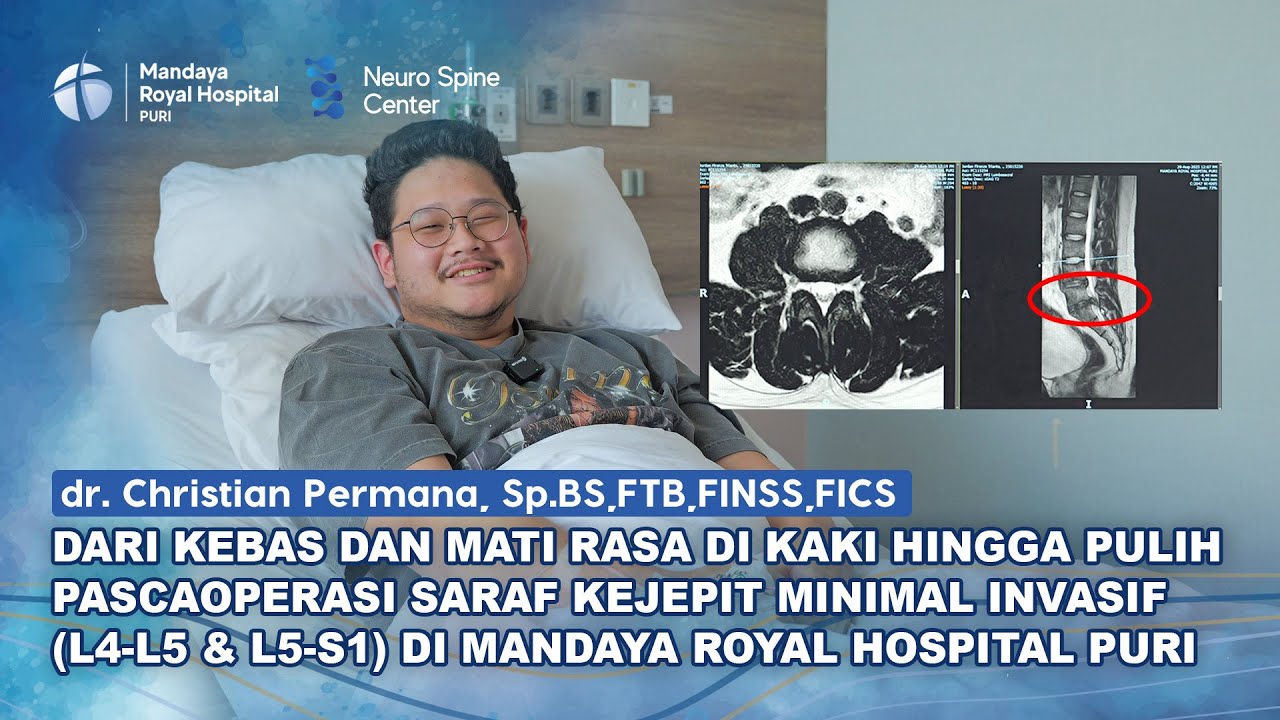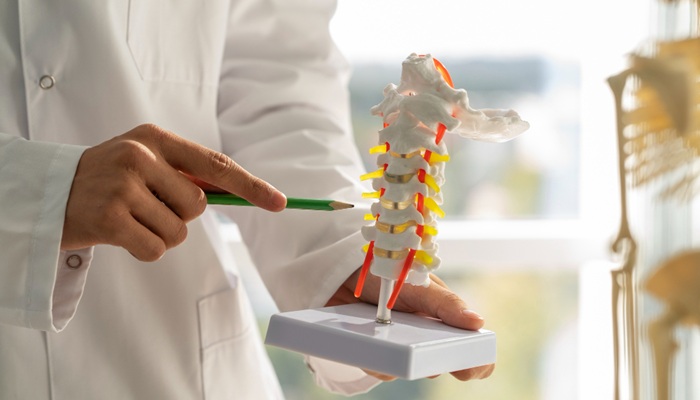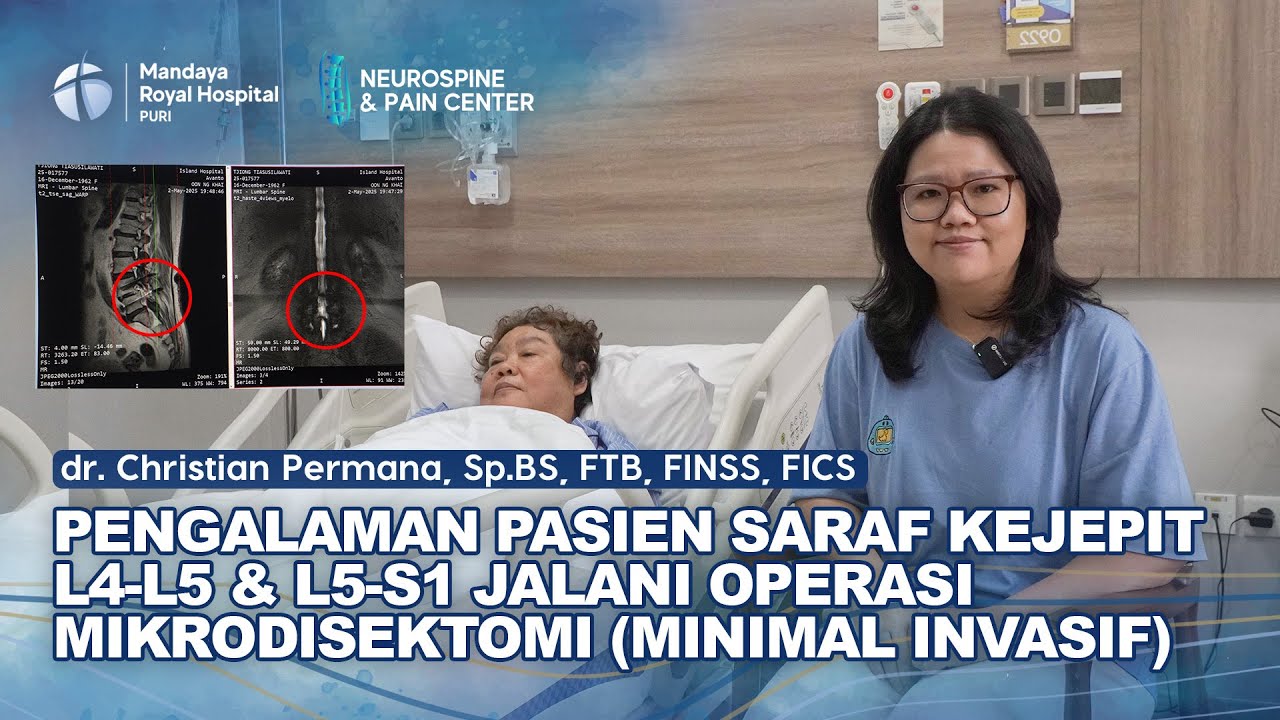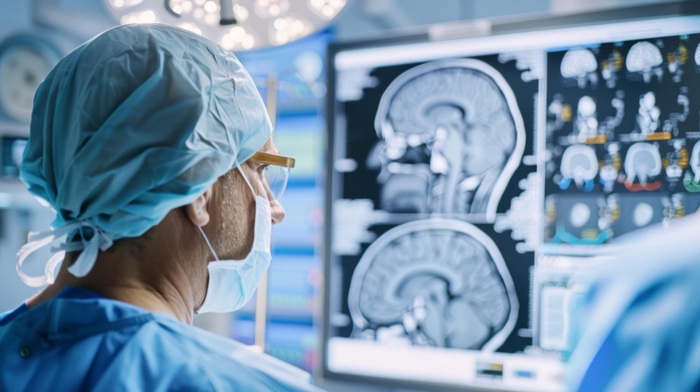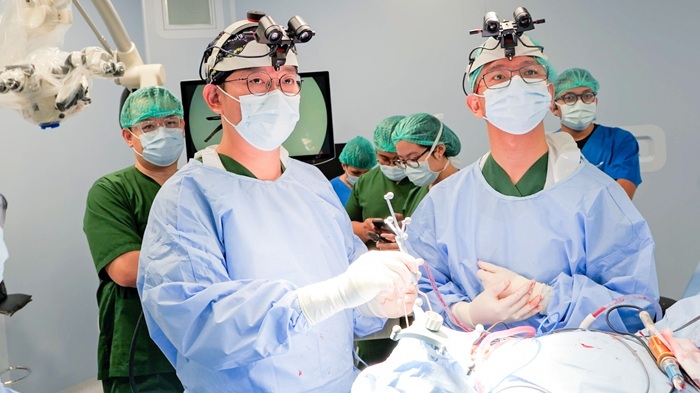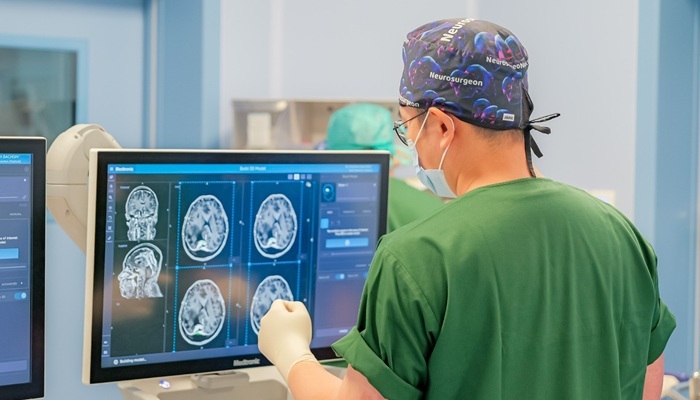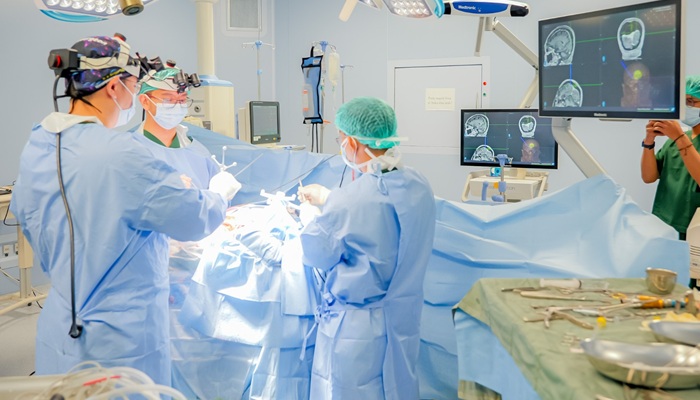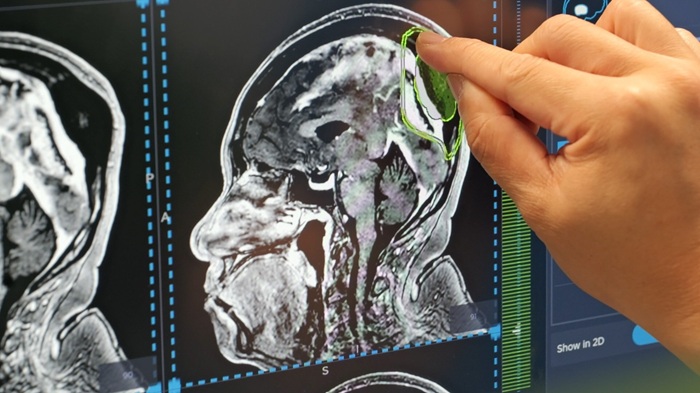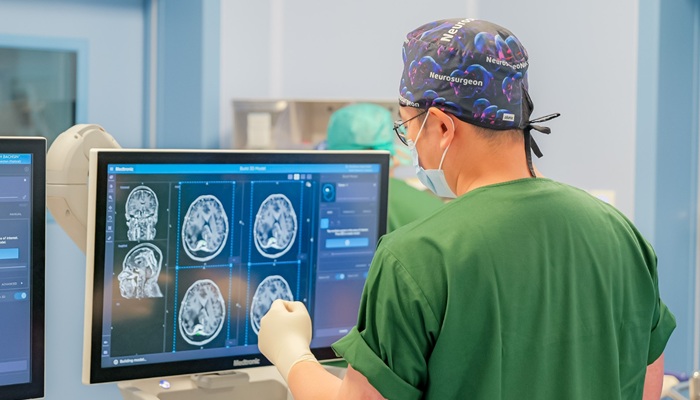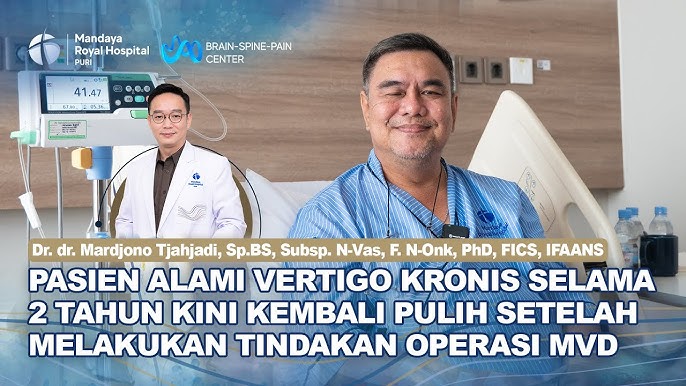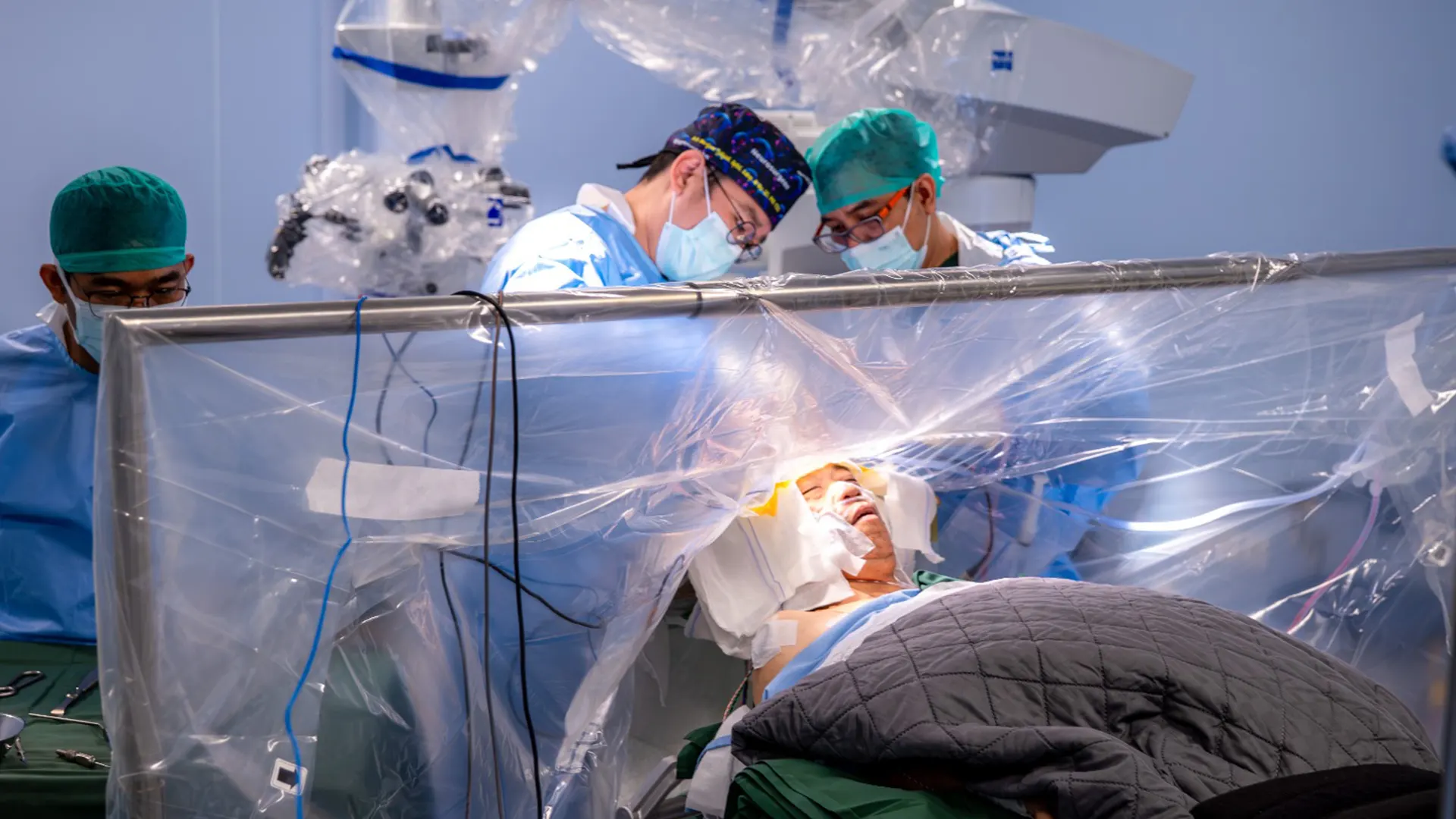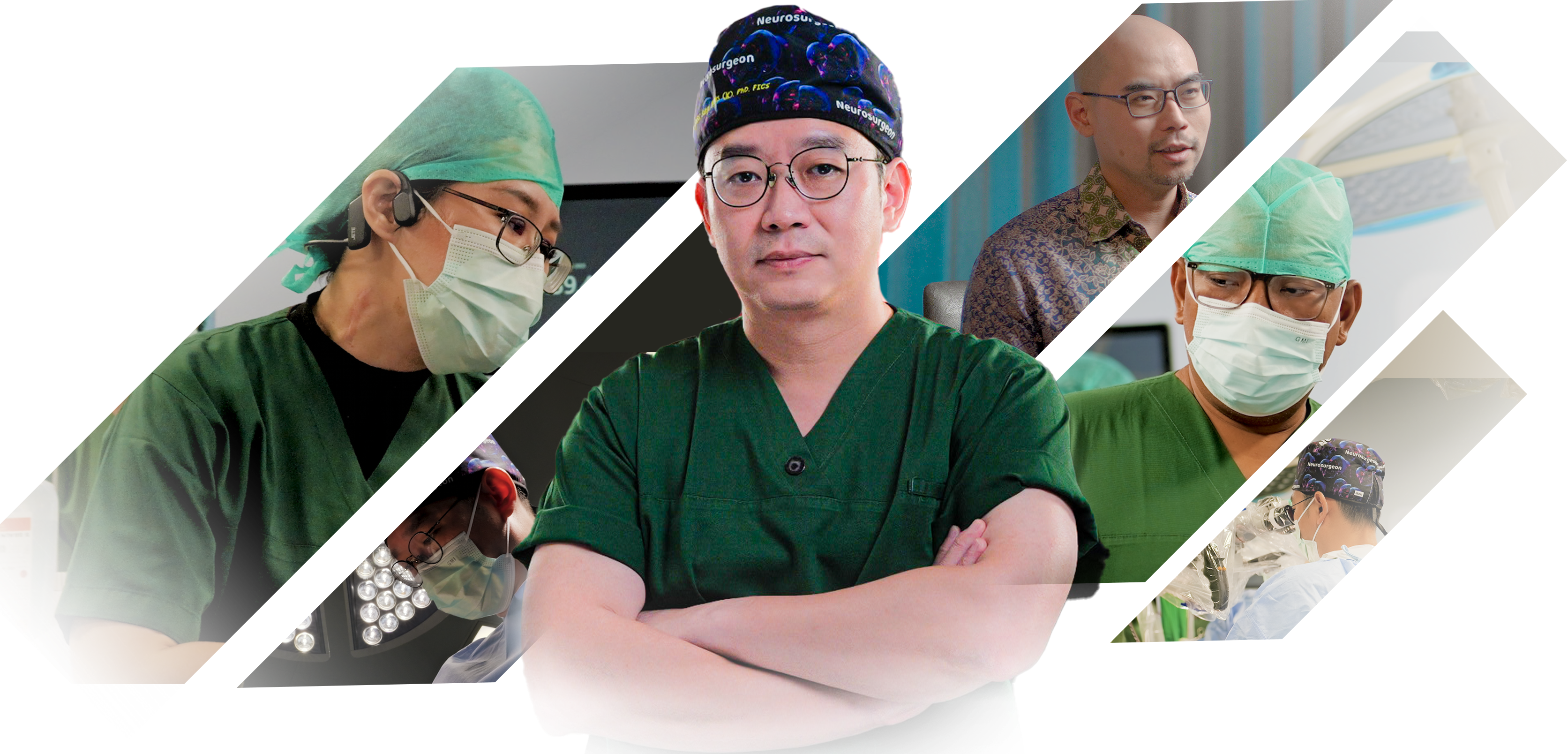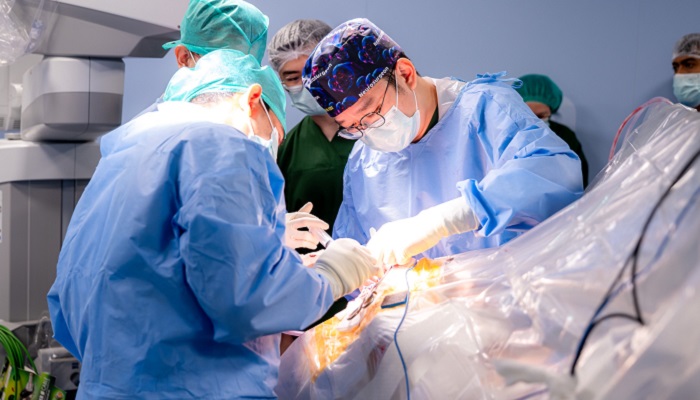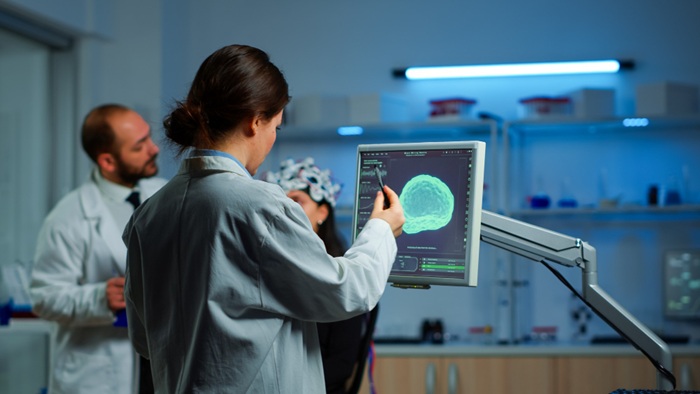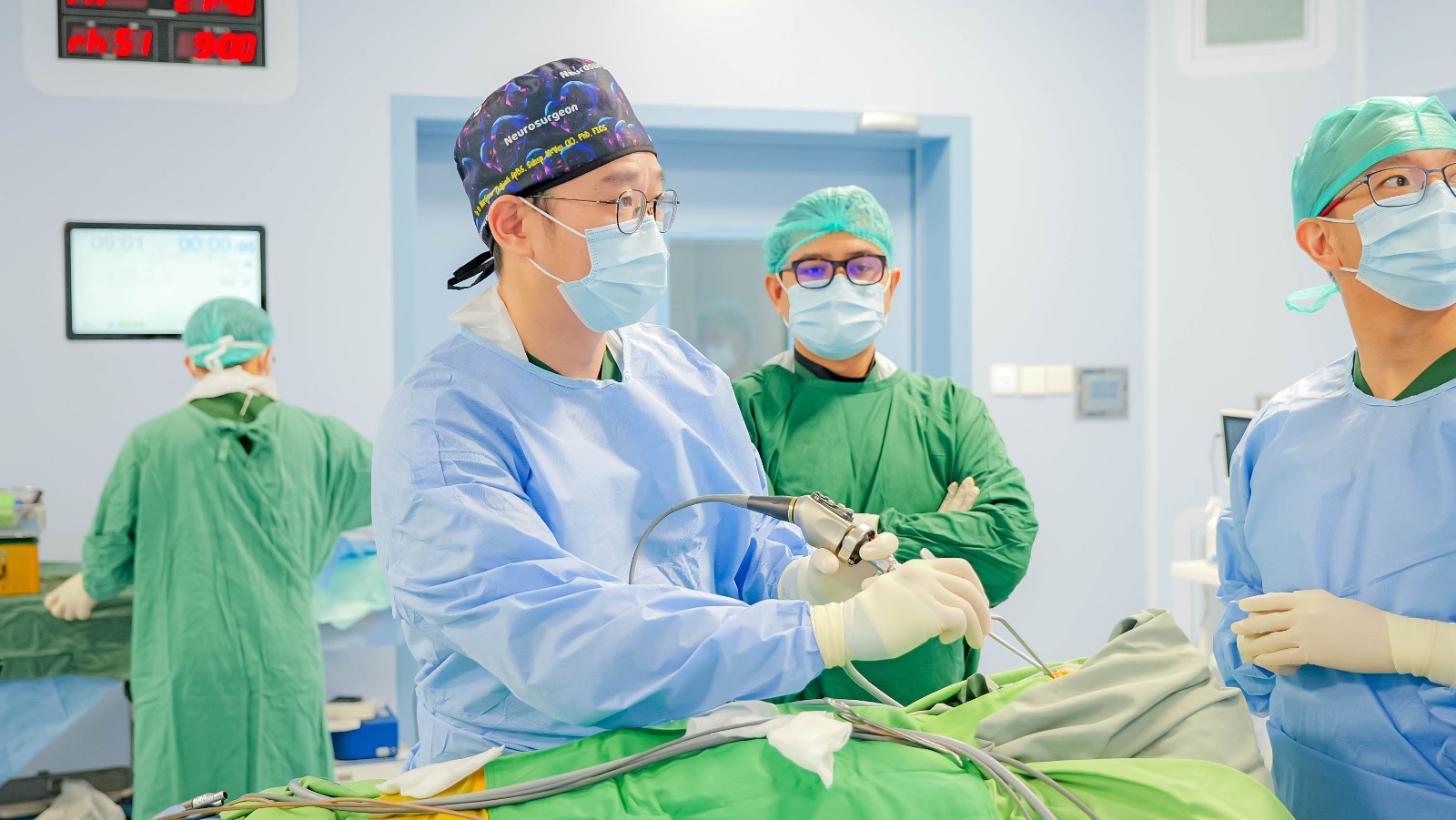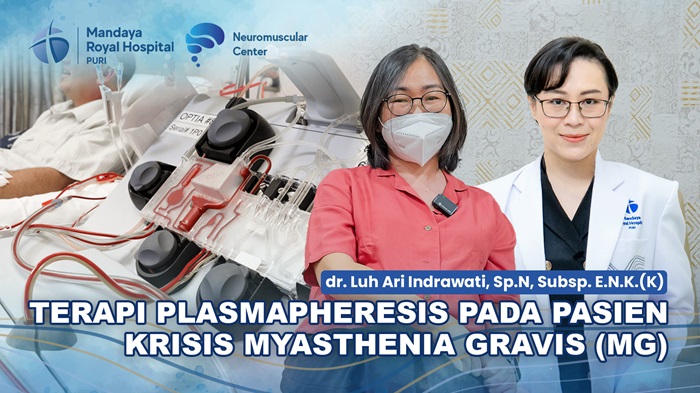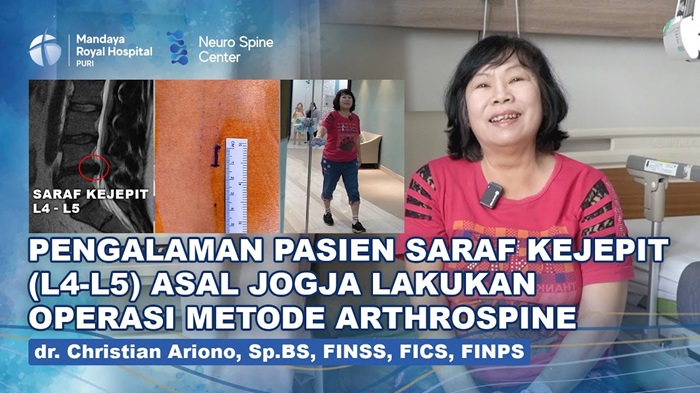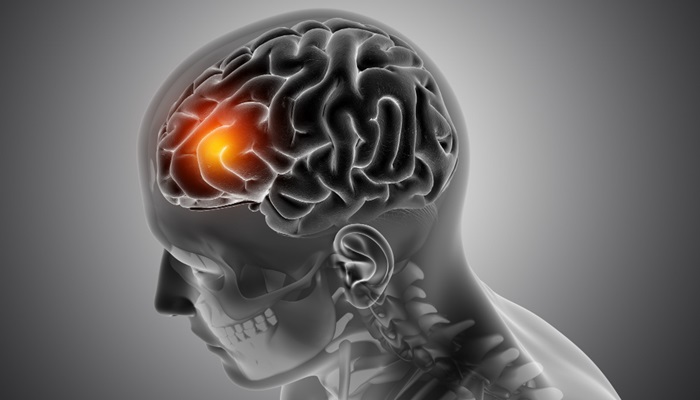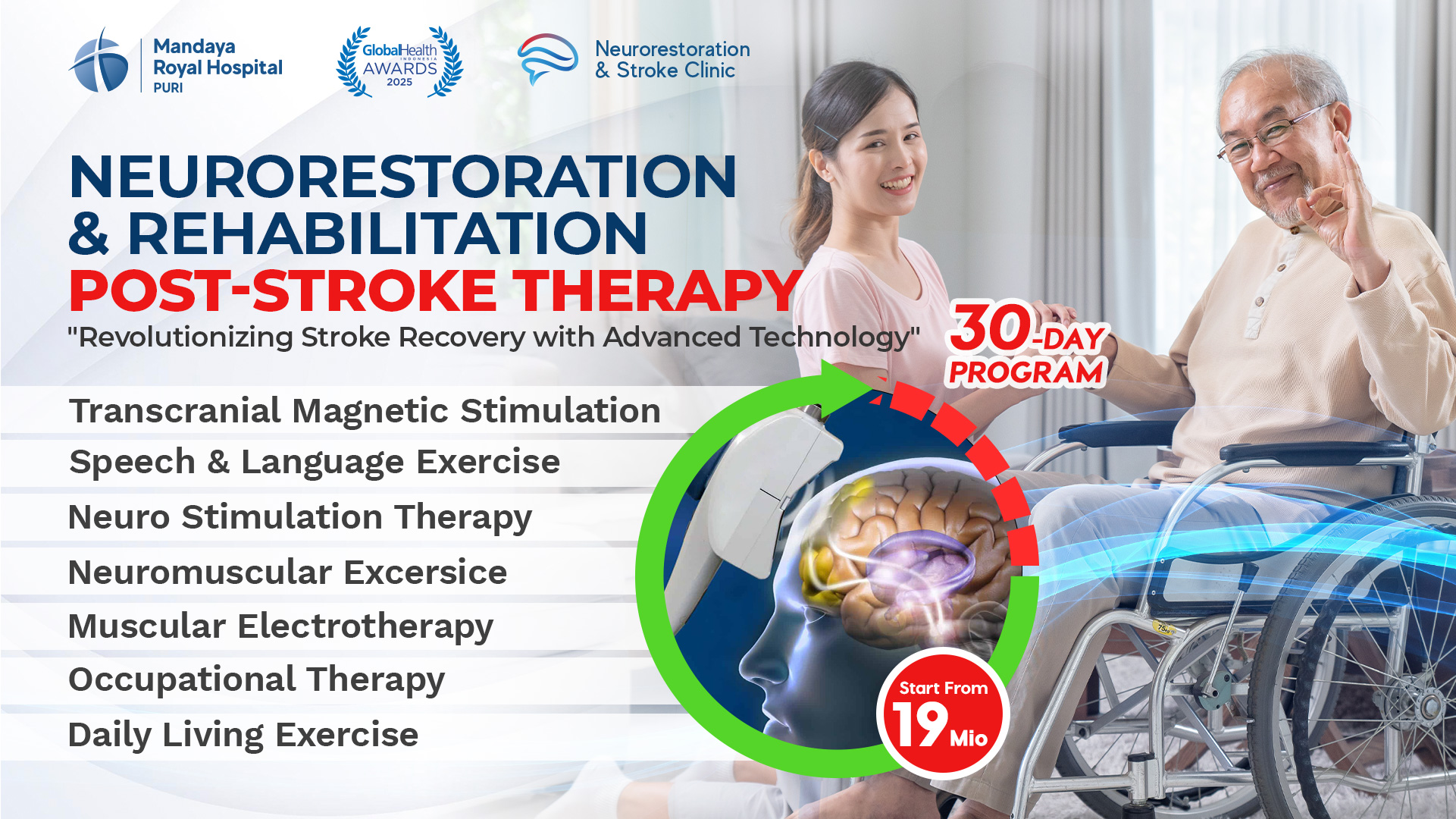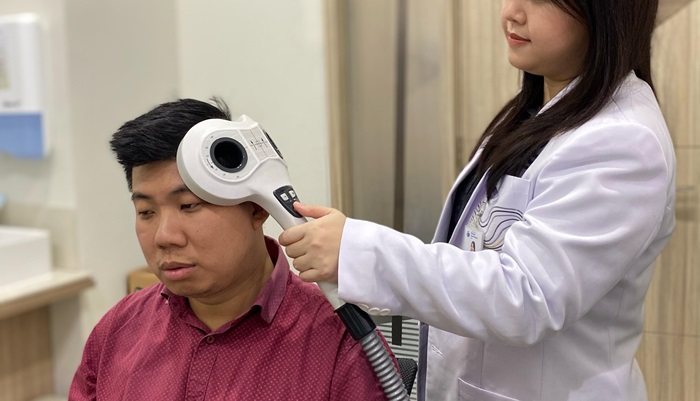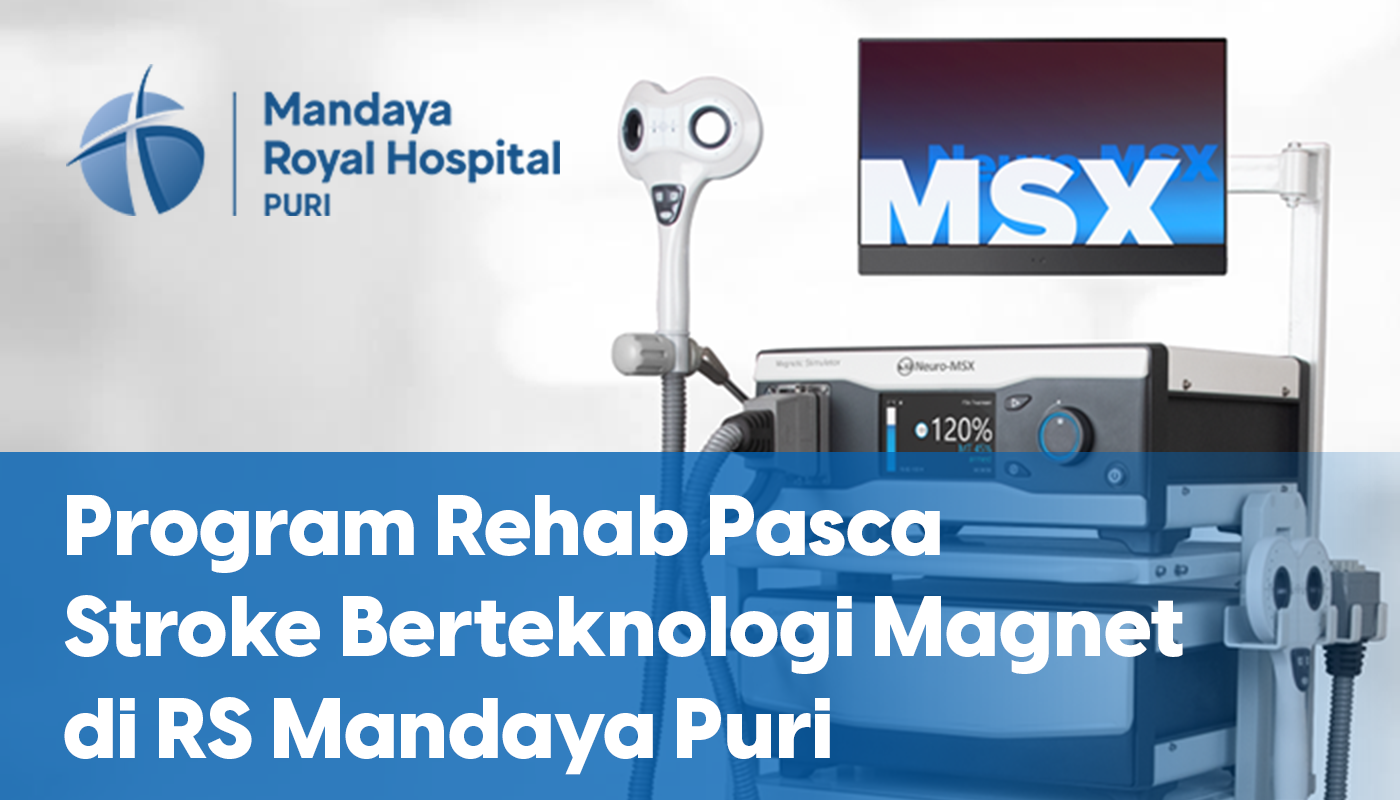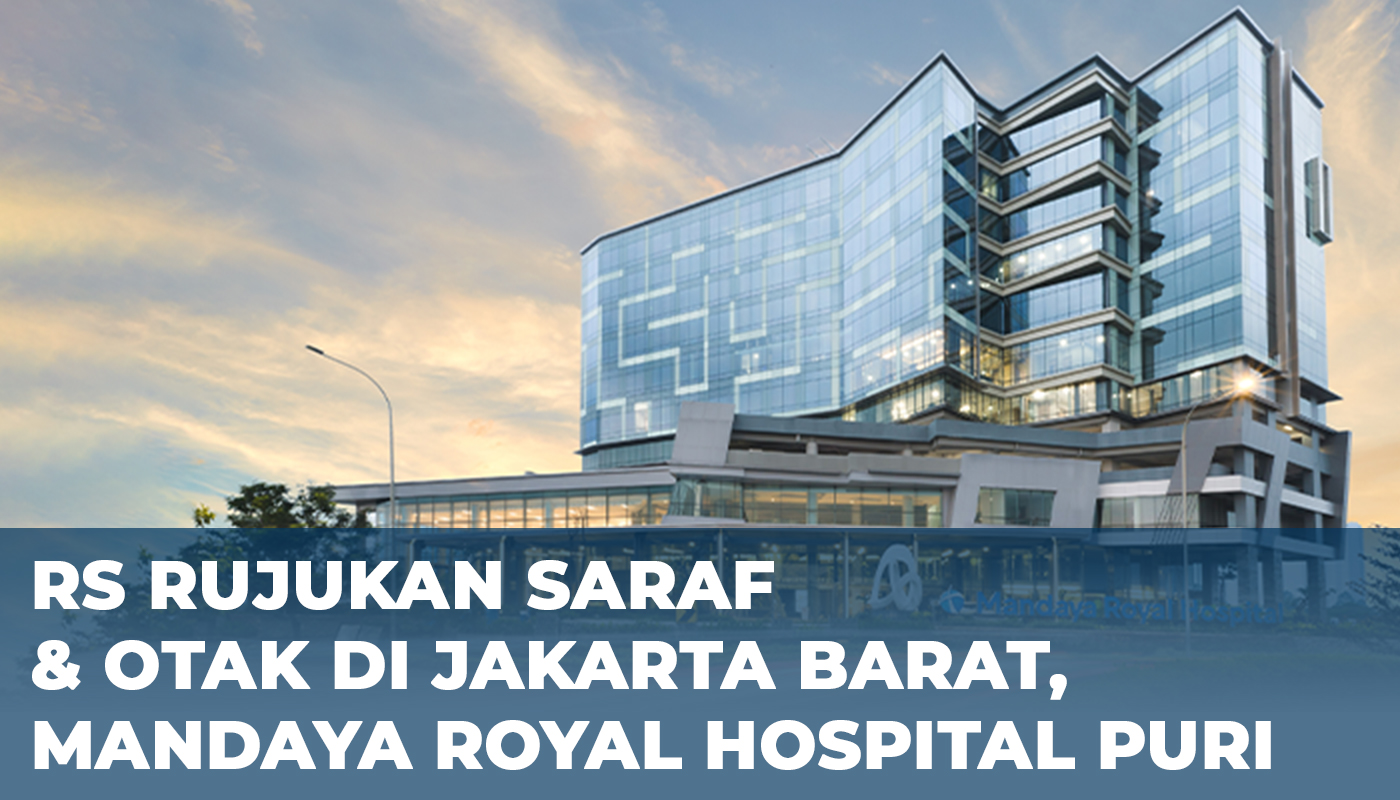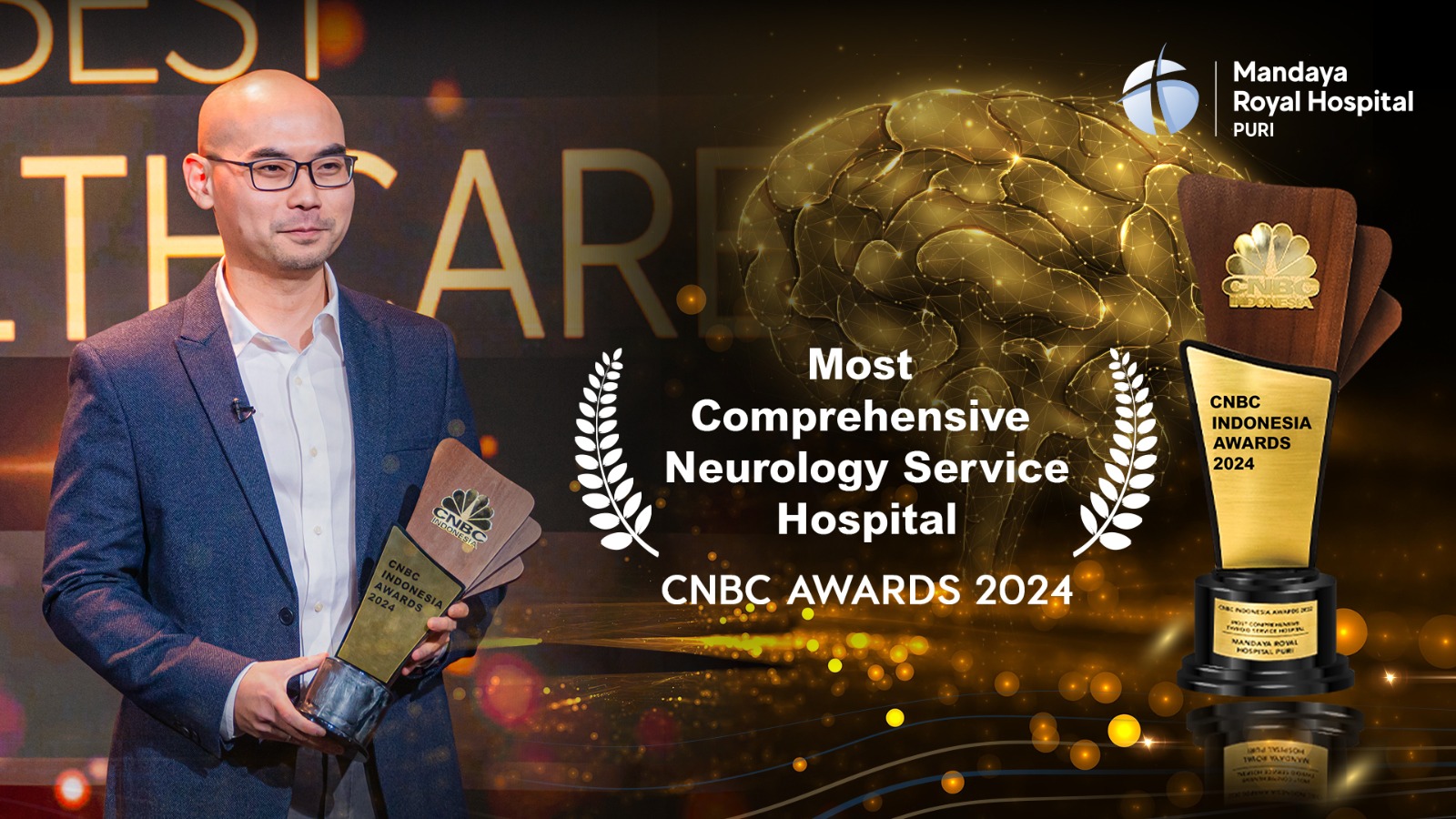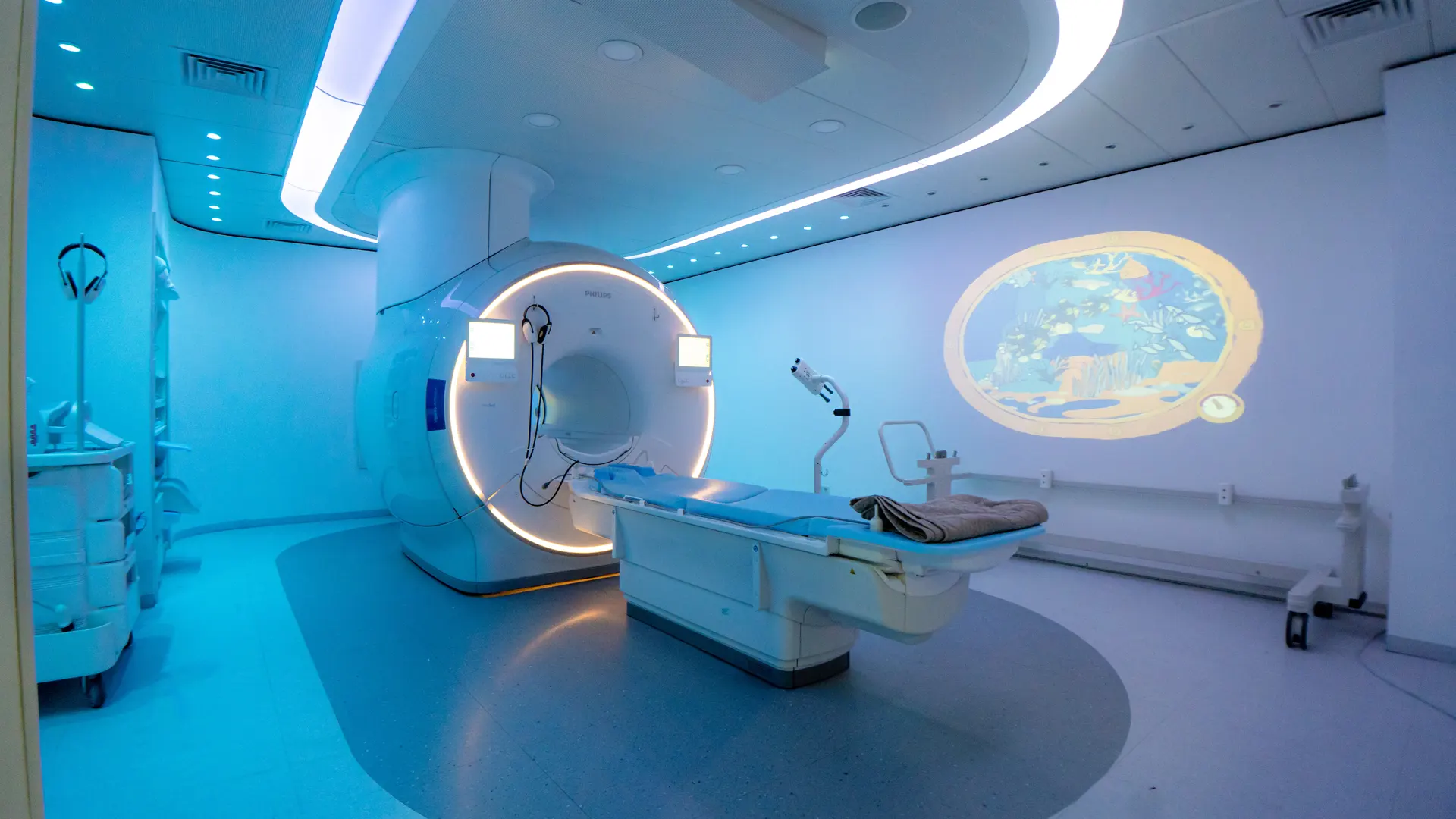Contents
What is an aneurysm?
An aneurysm is a medical condition in which the wall of an artery weakens, leading to a bulge in the blood vessel. Most aneurysms are asymptomatic and not immediately dangerous. However, in more severe cases, the bulge can rupture, causing life-threatening internal bleeding.
Aneurysms are classified based on their location in the body. The brain and heart arteries are the two most common sites for serious aneurysms.
There are two main forms of aneurysmal bulges:
- Fusiform aneurysms, which bulge on all sides of the artery, and
- Saccular aneurysms, which bulge on only one side.
The risk of rupture depends on the size of the bulge.
Here are the types of aneurysms to watch out for:
1. Brain Aneurysm
An aneurysm in a brain blood vessel that ruptures can be fatal within 24 hours. About 40% of brain aneurysms are fatal, and around 66% of survivors often suffer from neurological impairment or disability.
A ruptured cerebral aneurysm is the most common cause of a type of stroke called subarachnoid hemorrhage.
2. Aortic Aneurysm
The aorta is a large artery that begins in the left ventricle of the heart and runs through the chest and abdomen. A normal aorta is 2–3 cm in diameter, but it can swell to over 5 cm due to an aneurysm.
The most common aortic aneurysm is the abdominal aortic aneurysm (AAA), occurring in the part of the aorta passing through the abdomen.
AAA can quickly become fatal. Patients who survive this type of aneurysm have a 50% chance of overall survival once hospitalized.
Another type is the thoracic aortic aneurysm (TAA), affecting the part of the aorta running through the chest.
3. Peripheral Aneurysm
Peripheral aneurysms occur in peripheral arteries. Types include:
- Popliteal aneurysm – behind the knee; the most common peripheral aneurysm.
- Splenic artery aneurysm – near the spleen.
- Mesenteric artery aneurysm – affects arteries supplying the intestines.
- Femoral artery aneurysm – near the groin.
- Carotid artery aneurysm – in the neck.
- Visceral artery aneurysm – affects arteries supplying blood to the intestines or kidneys.
Peripheral aneurysms are less likely to rupture compared to aortic aneurysms.
Aneurysm Symptoms
Aneurysms near the body’s surface may show signs of swelling and pain. A large mass may also appear. Symptoms vary based on the aneurysm’s location.
Brain Aneurysm Symptoms
Symptoms of a ruptured cerebral aneurysm include:
- Sudden, severe headache
- Vision problems (e.g., double vision)
- Light sensitivity
- Nausea and vomiting
- Loss of consciousness
Aortic Aneurysm Symptoms
Symptoms depend on location.
Thoracic Aortic Aneurysm (TAA):
- Sudden, severe chest pain
- Sudden back pain
- Significant drop in blood pressure
- Limb numbness
Abdominal Aortic Aneurysm (AAA):
- Sudden, severe abdominal or lower back pain
- Rapid heartbeat
- Dizziness or fainting
- Shortness of breath
- Cold sweats
Peripheral Aneurysm Symptoms
Symptoms vary by type. For example:
- Mesenteric aneurysm: abdominal pain, fainting, early satiety after eating
- Leg aneurysms: sudden leg pain, weakness or numbness in the leg, painful or discolored toes
Causes of Aneurysm
The exact cause of aneurysms is unknown. However, several factors contribute, such as:
1. Atherosclerosis
This condition can cause aortic aneurysms. Atherosclerosis involves plaque buildup in arteries. Plaque—made up of cholesterol, fat, and other substances—can damage arteries and hinder blood flow.
2. High Blood Pressure
Hypertension can trigger aneurysms. Increased blood pressure puts extra stress on artery walls, potentially weakening or enlarging them. Normal adult blood pressure ranges from 90/60 mmHg to 120/80 mmHg.
3. Other Risk Factors
Risk of aneurysm depends on specific factors.
- Men are more likely to develop aneurysms than women.
- People over 65 are at greater risk.
Other risk factors:
- High-fat, high-cholesterol diet
- Family history of heart conditions
- Smoking
- Obesity
- Pregnancy (increased risk of splenic aneurysm)
Aneurysm Diagnosis
Diagnostic tools depend on the location of the problem.
Most cerebral aneurysms are diagnosed incidentally during brain imaging procedures. In such cases, the patient is referred to a specialist like a cardiothoracic or vascular surgeon.
Common diagnostic tests include CT scans and ultrasound. CT scans use X-rays to examine the body and identify blockages, bulges, or weak spots in blood vessels.
Aneurysm Treatment
If a doctor detects an unruptured aneurysm, they will monitor the patient closely. The goal is to prevent rupture.
Treatment depends on the type, location, and size of the aneurysm, and may include medication or surgery.
Doctors may prescribe medications to:
-
Improve blood flow
-
Lower blood pressure
-
Control cholesterol
These treatments help slow aneurysm growth and reduce stress on artery walls.
Larger aneurysms at risk of rupturing—or already ruptured—may require surgery. Surgical options include:
1. Endovascular Aneurysm Repair (EVAR)
A catheter (thin tube) is inserted into the blood vessel. Through it, the surgeon places a graft (special tube section) to reinforce or repair the artery.
For thoracic aneurysms, the procedure is called thoracic endovascular aneurysm repair (TEVAR).
If the surgeon needs a graft with custom openings, they may perform fenestrated endovascular aneurysm repair (FEVAR).
2. Open Surgery
In some cases, the aneurysm is removed or repaired through open surgery with an incision.
3. Digital Subtraction Angiography (DSA)
Through DSA, surgeons can perform:
- Endovascular coiling – for cerebral aneurysms, inserting platinum wire coils into the aneurysm via catheter to reduce blood flow and rupture risk.
- Microvascular clipping – placing a metal clip at the base of a cerebral aneurysm to stop blood flow.
- Catheter embolization – cutting off blood supply to the aneurysm using embolic agents via catheter.
If you have questions or want to consult a doctor about aneurysms, don’t hesitate to visit the Mandaya Brain Tumor and Aneurysm Center for medical advice, screening, and treatment options.
Make an appointment using the Chat on WhatsApp, Book Appointment, or Care Dokter app available on Google Play and App Store to simplify your visit, check queue numbers, and get more complete information.






















